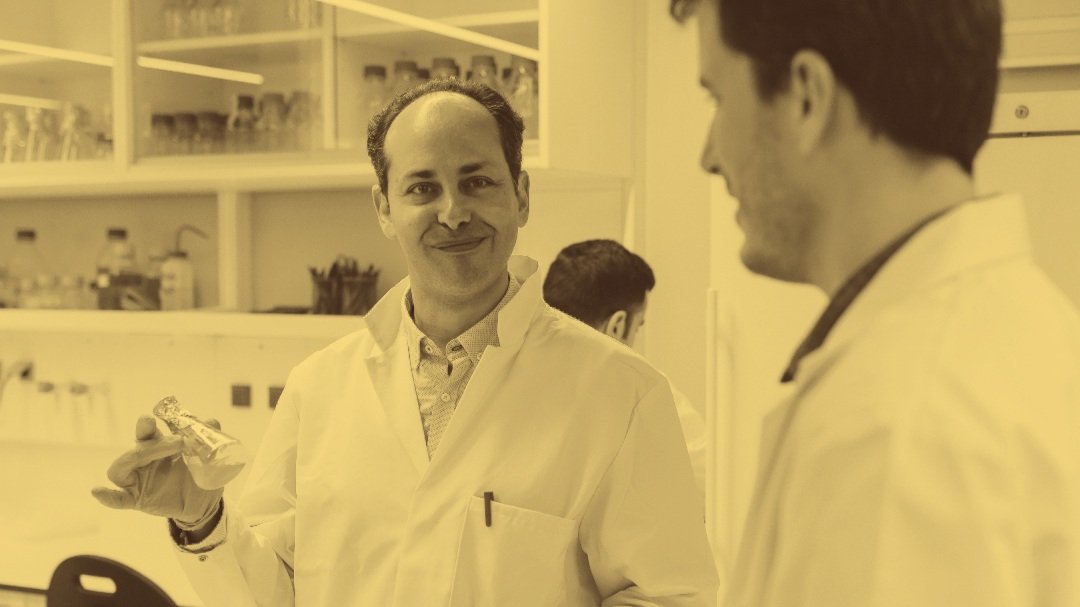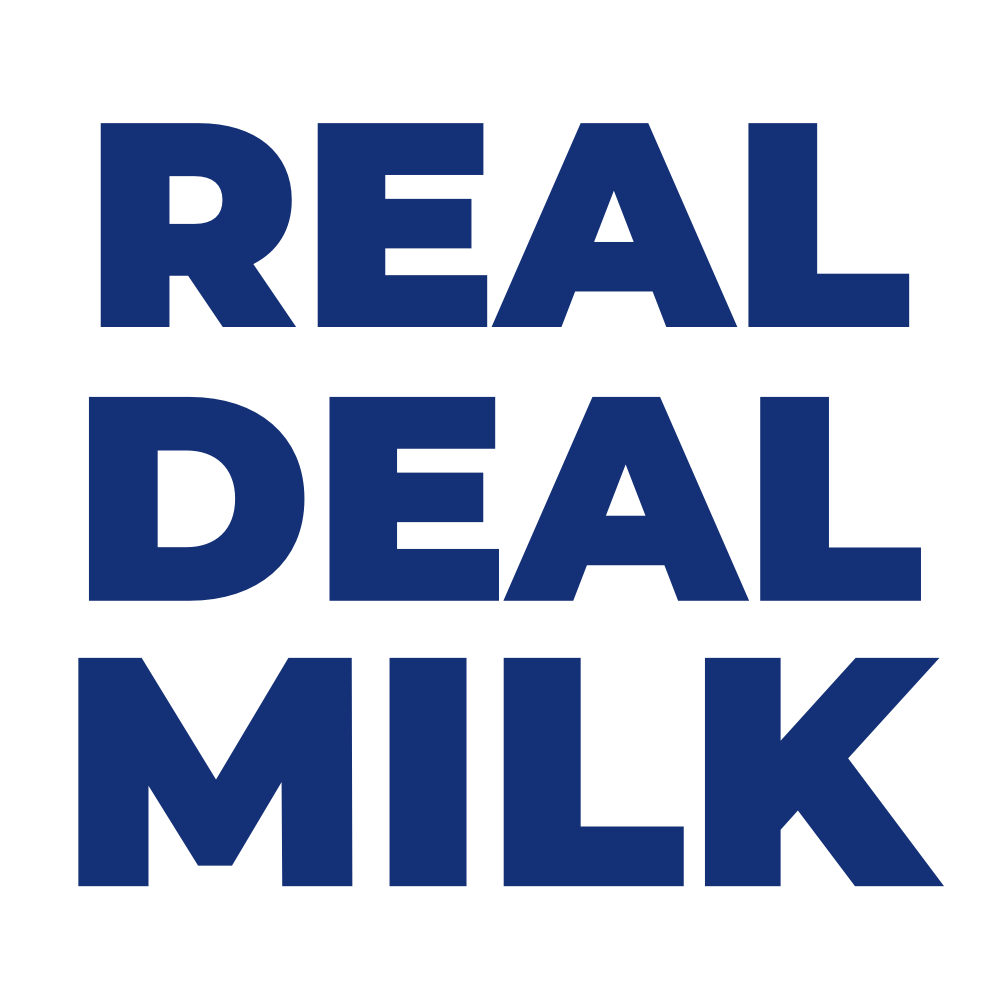
When will cellular agriculture arrive?
It’s been around for years; you just might not have spotted it.
Cellular agriculture will no longer be hiding in the shadows; these products are demanding attention and changing the industry. Companies all over the globe are putting these microbes to the test and discovering the versatility and sustainability that cells can provide.
Has precision fermentation been used before?
Fermentation in food production goes way back to ancient civilizations; whereas precision fermentation (PF) is a bit more youthful.
The word fermentation may prompt images of yummy mummies bustling around health food shops buying kombucha and kimchi. But the long-standing process of fermentation has provided us with a fridge full of great products, from beer to yoghurt and soy sauce to bread.
Things kicked off in the PF world with the modification of E. Coli to produce insulin in 1982 (GFI. 2018) to help those managing diabetes. This led to further developments in the use of PF in the pharmaceutical industry, including in vaccines such as hepatitis B and drugs for certain cancers (RethinkX. 2020a).
Shortly after, in 1990, cheese production followed the lead, using microorganisms to produce the enzyme chymosin for rennet, essential to cheese making (GFI. 2018). The previous method of obtaining this protein was to slaughter young calves and extract the protein from their stomach lining, a pretty inhumane process for a protein. So now around 80% of the rennet used comes from microorganisms, so if you eat cheese, you’ve most likely already eaten proteins produced by PF.
Cellular agriculture really hit the headlines in 2013 with the world’s first lab-grown burger (BBC. 2013) produced through tissue engineering. But at the sky-high price of $300,000, it wasn’t looking like a burger that would be filling shopping baskets any time soon. However, as the industry accelerates, and the prices diminish, PF products are getting closer to our basket.
What’s happening now?
PF appears in day to day life more than one might expect, due to the broad range of industries utilizing PF enzymes in the production of products such as paper, dietary supplements, cosmetics and detergents (Jegannathan, K, R and Nielsen, P, H. 2013).
Worldwide, companies are upping their game, advancing from just enzyme production and employing PF proteins to build food products. Whilst Real Deal Milk (RDM) is focusing on the production of PF dairy products, starting with cheese, various companies are developing other food products, from bacon and eggs to gelatin and pet food (GFI. 2020). It’s not only the food industry that’s expanding. One company, Sipber, is making a parka from PF spider silk proteins, and another, Geltor, is using PF to make human collagen for cosmetics (RethinkX. 2020a). This technology refused to be confined to one product and its flexibility allows it to stretch over many industries.
What does the future look like?
Picture this:
You wake up for your morning cup of tea with a splash of RDM milk, ready for a breakfast of cultured scrambled eggs sitting upon toast slathered with yeast-based butter. The dog starts barking, so you open up a can of lab-grown pet food to feed her hunger. Before popping to the shop to stock up on cultivated salmon skewers, alternative protein bacon and cell-based steaks for the family BBQ later.
RethinkX (2020a) predicts that by 2030 more than half of proteins will be manufactured using precision fermentation, so it won’t be long until this imaginary scenario becomes a reality.
PF has been used for years, gaining the food industry's trust in ensuring the absolute safety of these proteins. So now it’s time for the exciting bit, watching as cell-based products grow and develop, filling shops and lives with environmentally conscious products we can rely on.
References
BBC. 2013. World’s first lab-grown burger is eaten in London. https://www.bbc.com/news/science-environment-23576143
GFI. 2018. Cellular agriculture: An extension of common production methods for food. https://gfi.org/wp-content/uploads/2021/02/Cellular-Agriculture-for-Animal-Protein.pdf
GFI. 2020. Fermentation: Meat, Eggs and Dairy. PDF.
Jegannathan, K, R and Nielsen, P, H. 2013. Environmental assessment of enzyme use in industrial production - a literature review. Journal of Cleaner Production, 42. doi.org/10.1016/j.jclepro.2012.11.005
RetinkX. 2020a. Precision fermentation is nothing new and it’s here to stay. https://rethinkx.medium.com/precision-fermentation-is-nothing-new-and-its-here-to-stay-fd41ebe246f
RethinkX. 2020b. Precision Fermentation: What exactly is it? https://rethinkx.medium.com/precision-fermentation-what-exactly-is-it-7004eeaa798e


